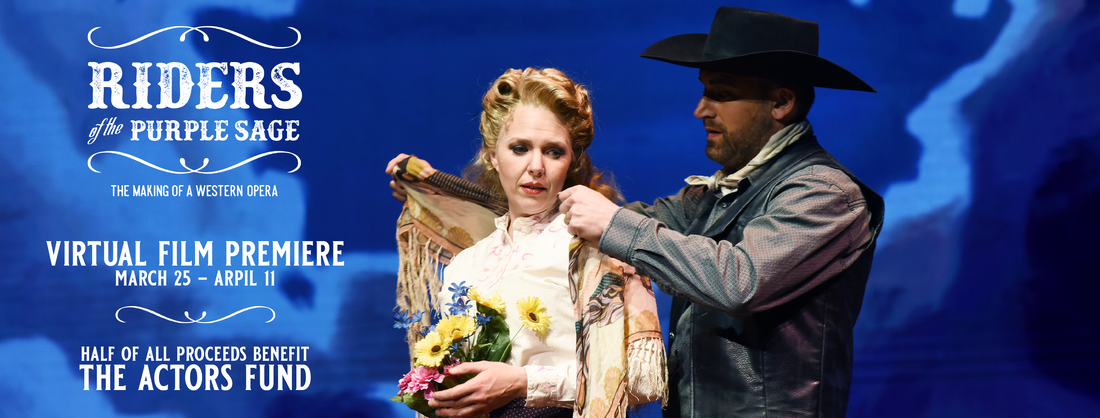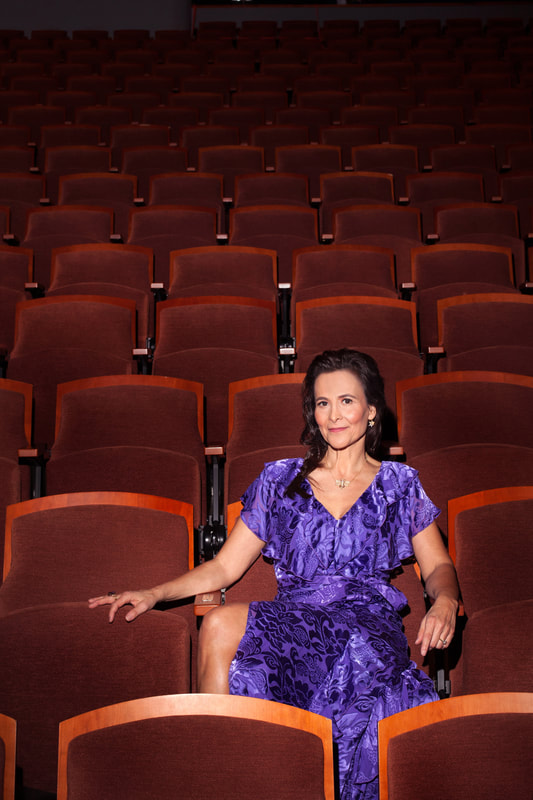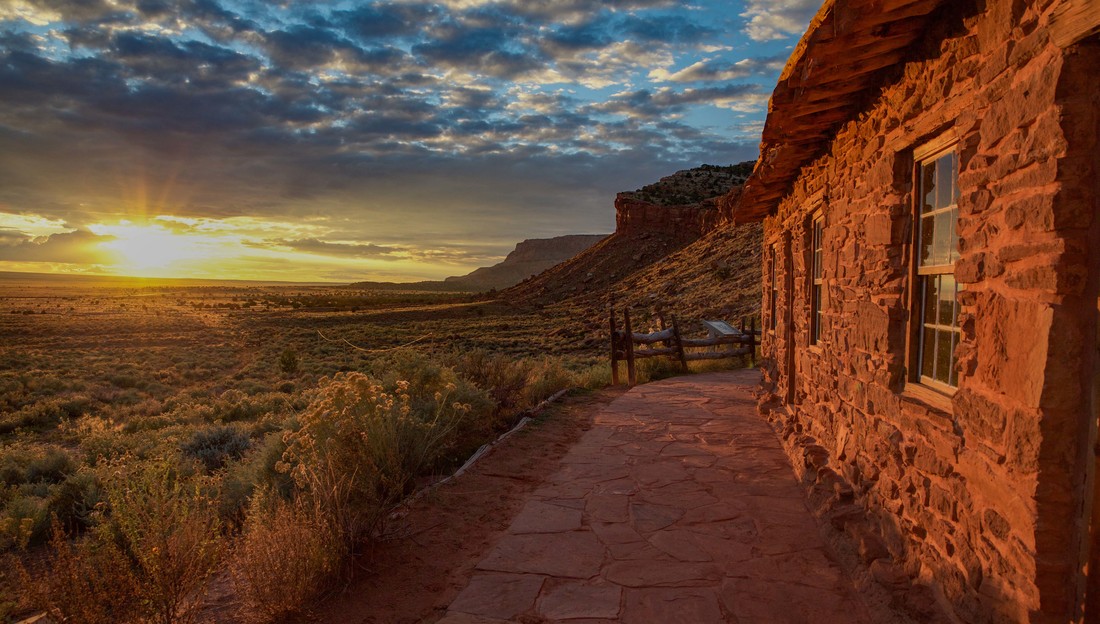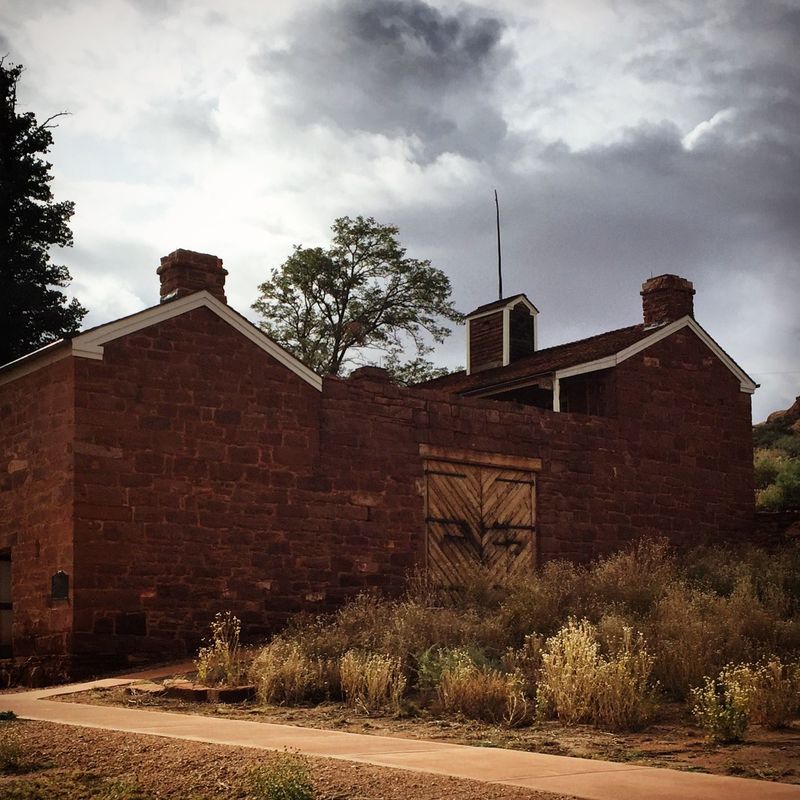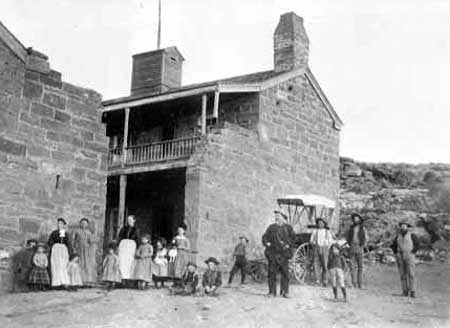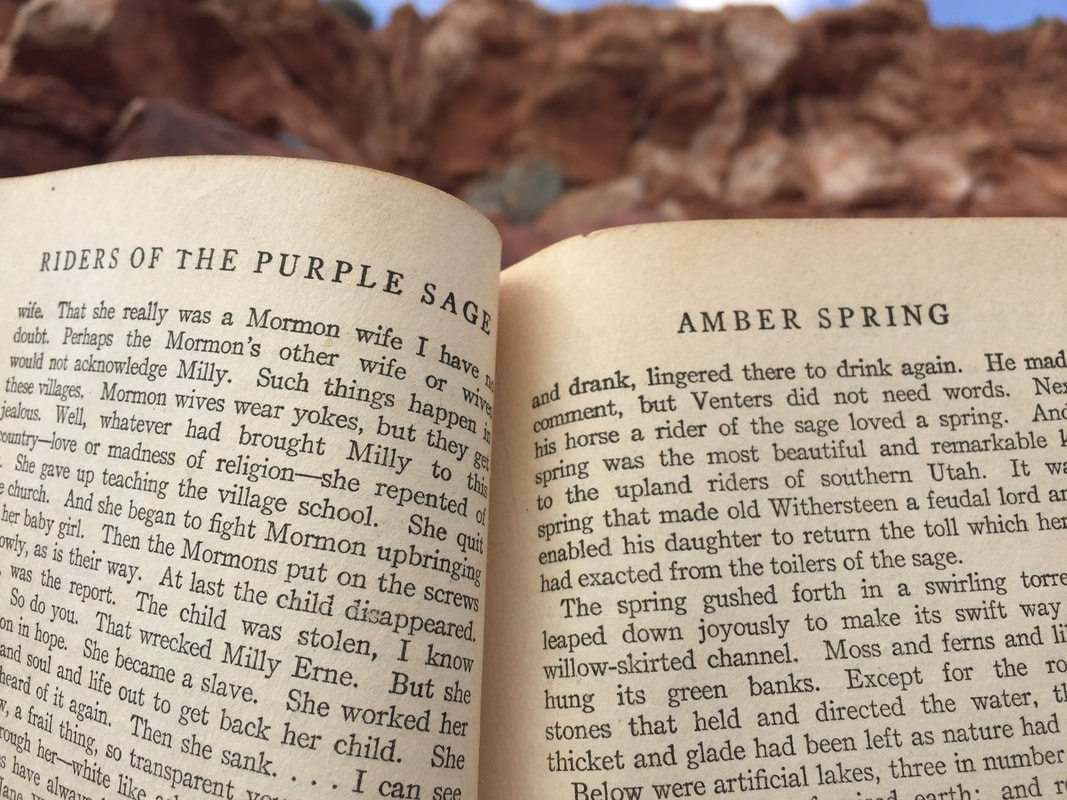|
GOODBYE TO A LEGEND
We bid a reverent adieu to legendary composer Carlisle Floyd. Considered the "Grandfather of American Opera," Floyd was a deft composer and librettist who elevated regional themes to powerful universal stories. He was also the mentor of composer Craig Bohmler. Craig's new opera "Riders the Purple Sage" is dedicated to Carlise. We are honored Carlisle appears in our "Riders of the Purple Sage: The Making of a Western Opera' in one of his last interviews. Carlisle Floyd, New York Times Watch the Riders Film
0 Comments
WE GOT THE BAND TOGETHER
Great round table with the Creatives and Cast of "Riders of the Purple Sage," and special guests Laura Lee Everett from OPERA America and Douglas Ramirez from The Actors Fund. Hosted by our good friend Shawn Jeffrey at ADA Artist Management. Who's got stars, yes we do!
BROADWAY WORLD SINGS OUR PRAISES
Broadway World said our film is "A soaring and epic testimonial to the creative process." We're grateful for this stunning review of 'Riders of the Purple Sage: The Making of a Western Opera."
https://www.broadwayworld.com/phoenix/article/BWW-Review-RIDERS-OF-THE-PURPLE-SAGE-THE-MAKING-OF-A-WESTERN-OPERA-20210323
ART DEALER DIARIES - DUEX
It was an honor to sit down with Dr. Mark Sublette from Medicine Man Gallery and talk about Ed Mell's stage design for the opera "Riders of the Purple Sage" and how the landscape of the Southwest influences my filmmaking. https://youtu.be/HUbZvFuHzmc ART DEALER DIARIES - Part One
Thank you to Mark Sublette at Medicine Man Gallery for having me on his Art Dealer Diaries podcast to talk about my evolution as a filmmaker and Ed Mell's monumental stage set for the opera "Riders of the Purple Sage." We're delighted to unveil the film that explores the creative process of Ed mell, Zane Grey, and composer Craig Bohmler. "Riders of the Purple Sage: The Making of a Western Opera" premieres March 25 to April 11th at Watch.RidersOperaFilm.com KRISTIN ATWELL FORD - Art Dealer Diaries, Part 1 https://youtu.be/HFS3X0Zzlng A YEAR WITHOUT THEATRE
A year without theatre. It's been tough on a lot of people. Singers, musicians, costumers, stagehands, and audiences. The climax of our film is when the audience witnesses the opera for the first time. Sharing our film with our audience is what we have been working for the last eight years. We are launching "Riders of the Purple Sage: The Making of a Western Opera" to help singers, musicians, and essential theatre workers make it through to the day we can create art together again. The film’s streaming premiere will benefit The Actors Fund, a national nonprofit that provides a safety net for creatives sidelined by the pandemic. Join us anytime from Thursday, March 25th to Sunday, April 11th. Tickets are $10: watch.RidersOperaFilm.com For those of you in our creative posse who've had a rough go during Covid closures, if you work professionally in theater, film, television, music, opera, radio or dance, The Actors Fund likely has a program that can help. Services include emergency financial assistance, affordable housing, counseling, secondary career development, and more. Creative professionals can apply for emergency pandemic grants at: actorsfund.org/am-i-eligible-help Thanks for being our audience, and for helping performers and artisans make it through until the curtain goes back up! DIRECTOR'S STATEMENT
"Westerns carry meaning and value, codes of conduct, standards of judgment that shape our sense of the world and govern our behavior without our having the slightest awareness of it.” Jane Tomkins – “West of Everything.” Some of the grandest things America thinks of itself are symbolized by the settling of the western frontier. Zane Grey helped define the American character by creating Lassiter, the man in black, the first anti-hero bent of vigilante justice, a man who takes matters into his own hands. Regardless of our heroic notions, the themes in “Riders” - sexual harassment, religious zealotry, isolationism, gun control, even a church shooting, are issues we still grapple with. At its core, “Riders” is a power struggle over water. Jane Withersteen owns it. Her churchmen want it to build their empire - and they stop at nothing to demonstrate God is on their side. If Grey's story provides the blood in this film, mounting the opera is its beating heart. Opera is larger than life, requires the cooperation of legions of artists, is terrifically expensive, and must adapt to survive. Before witnessing this work, even as a musical theatre-lover, opera seemed like a stilted way to tell antiquated stories, but new works are telling stories that matter. Opera gathers all the arts in a single heightened explosion of human experience. It may, in fact, be the perfect art form for our operatic times. “Riders” is the seminal Western. It’s a story about grief and redemption and what it takes to live in the punishingly beautiful land I call home. With its musical storytelling and grand setting rendered by my favorite living painter, this film about the artistic process and the landscape that inspires it fulfills my soul’s thirst for wilderness and art. Kristin Atwell Ford Director/Producer Scottsdale, Arizona Pipe Spring National Monument |
| |
The red stone fortress of Winsor Castle is as breathtaking in its own way as the geologic wonder of the Vermillion Cliffs that frame it. Pipe Spring was established by Mormons as a tithing ranch in the early 1870s and brought the first telegraph to Arizona Territory. It was a popular spot on the “Honeymoon Trail.” Travelers on their way to get married in the Temple in St. George would water their horses at Pipe Spring - a piece of history that may have inspired Zane Grey’s iconic opening scene when Lassiter stops to water his horse and interrupts Elder Tull preparing the whip Venters.
Completed in 1872, the fort was built directly over its water source so pioneers could lock themselves inside and persevere through Navajo raids, or outlast troops sent by the Federal government looking to arrest polygamists. Those attacks never came and the settlers peacefully grazed cattle and made butter and cheese that supplied Mormon families in the region until the 1890s.
Completed in 1872, the fort was built directly over its water source so pioneers could lock themselves inside and persevere through Navajo raids, or outlast troops sent by the Federal government looking to arrest polygamists. Those attacks never came and the settlers peacefully grazed cattle and made butter and cheese that supplied Mormon families in the region until the 1890s.
"The home of Jane Withersteen...was a flat, long, red-stone structure with a covered court in the center through which flowed a lively stream of amber-colored water."
- Zane Grey, 'Riders of the Purple Sage'
Along with the pioneering history of the Arizona Strip, we discovered Zane Grey's creative process. Grey would visit remote places that were still mysterious and exotic, hear the stories from the people who lived there, and learn the hardships of fashioning a life on the bleeding edge of the frontier. He would then sit down with pencil and paper and voraciously write his experiences of the landscape and its characters with a fictional mix of romance and action. Zane Grey's Western novels defined a new American genre and left a legacy that would inform other novels, movies, TV shows, and the way we think about the mythic territory of the West, for years to come.
Authors
Our guest authors will explore the artistic process and the mythic territory known as the West.
Archives
October 2021
April 2021
March 2021
May 2020
November 2017
 RSS Feed
RSS Feed 